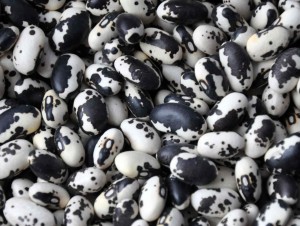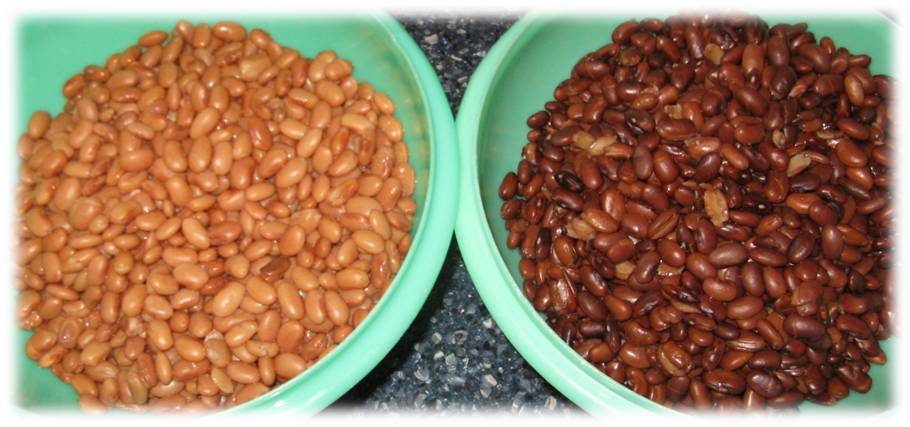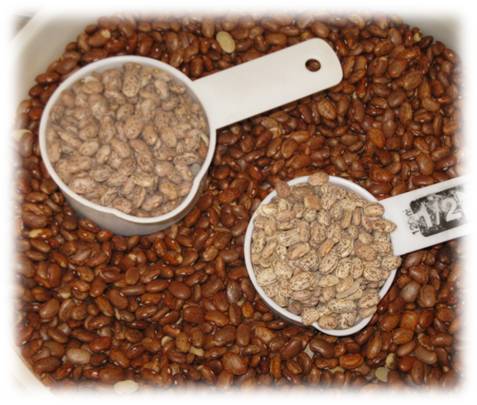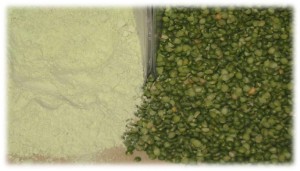- Joined
- Dec 3, 2017
- Messages
- 19,589
I'm wondering what kind of beans do people eat? How many do you store? How do you cook and eat them?
Last edited:



 background. They are dark, broken and have a shiny appearance. In the large measuring cup are the same pinto beans stored correctly in a plastic bucket. The smaller measuring cup are 11 year old pinto beans stored in a #10 can in a basement crawlspace.
background. They are dark, broken and have a shiny appearance. In the large measuring cup are the same pinto beans stored correctly in a plastic bucket. The smaller measuring cup are 11 year old pinto beans stored in a #10 can in a basement crawlspace. Beans may be ground into flour and used in a variety of recipes. They make great instant soups and gravies. Bean flour can be added to many baked goods, reducing fat and increasing protein and nutrition. I have found white bean flour to be the best for most recipes. It has a mild flavor that does not detract or change the flavor of the recipes. Split pea flour makes great instant split pea soup. Homemade gravy is as simple as whisking 4 tablespoons of white bean flour and 2 teaspoons any flavor soup base into 2 cups of boiling water and simmering for 3 minutes. Simple, delicious and power packed with all the goodness beans have to offer.
Beans may be ground into flour and used in a variety of recipes. They make great instant soups and gravies. Bean flour can be added to many baked goods, reducing fat and increasing protein and nutrition. I have found white bean flour to be the best for most recipes. It has a mild flavor that does not detract or change the flavor of the recipes. Split pea flour makes great instant split pea soup. Homemade gravy is as simple as whisking 4 tablespoons of white bean flour and 2 teaspoons any flavor soup base into 2 cups of boiling water and simmering for 3 minutes. Simple, delicious and power packed with all the goodness beans have to offer.I'm wondering what kind of beans do people eat.
Our 20-year old black beans were cooked in an InstaPot. We were motivated to finally use the beans once we had the new InstaPot. It still took 2 to 3 times longer in the InstaPot to soften the beans.instapot ! get yaself one..makes like easier as long as you got electricity...regular pressure cooker for when no power.
intapost allows you to set it and walk away doing things and not watch jiggler on a pressure cooker.
they make perfect boiled eggs from fresh eggs that are easy to peal and perfect rice in just a few minutes.
I understand that red beans have a toxin in the skin. From what I understand, soaking red beans is especially important to remove the toxin.Don't bother with red beans unless you know for sure you can eat them, some people have an allergy that shows up on occasion or in conjunction with other foods.
perhaps that is where the soak your beans thing came from??I understand that red beans have a toxin in the skin. From what I understand, soaking red beans is especially important to remove the toxin.
Too much of that kind of stuff has gone on, toxins allowed by someone to poison people.Aww. not on my account Weedy, I have a screwed up metabolism from drinking Strontium and beryllium laced well water as a kid.
darn secret h-bomb factory. we didn't even know it was there until it had been gone ten years and the containment pond breached.
Heh. frogs with glow in the dark eyes and trees that grow toward the pond. trippy stuff.
Our 20-year old black beans were cooked in an InstaPot. We were motivated to finally use the beans once we had the new InstaPot. It still took 2 to 3 times longer in the InstaPot to soften the beans.
Enter your email address to join: